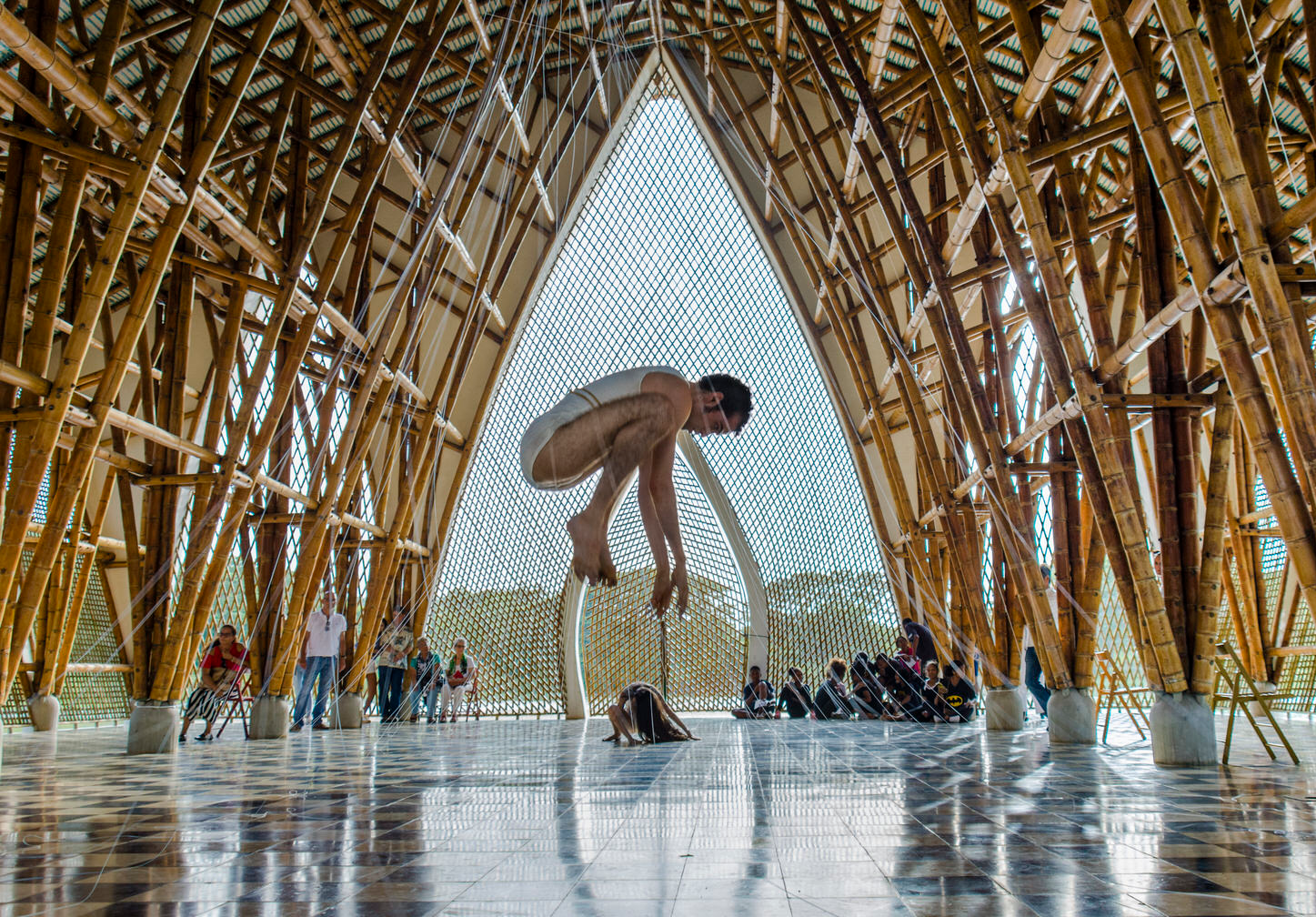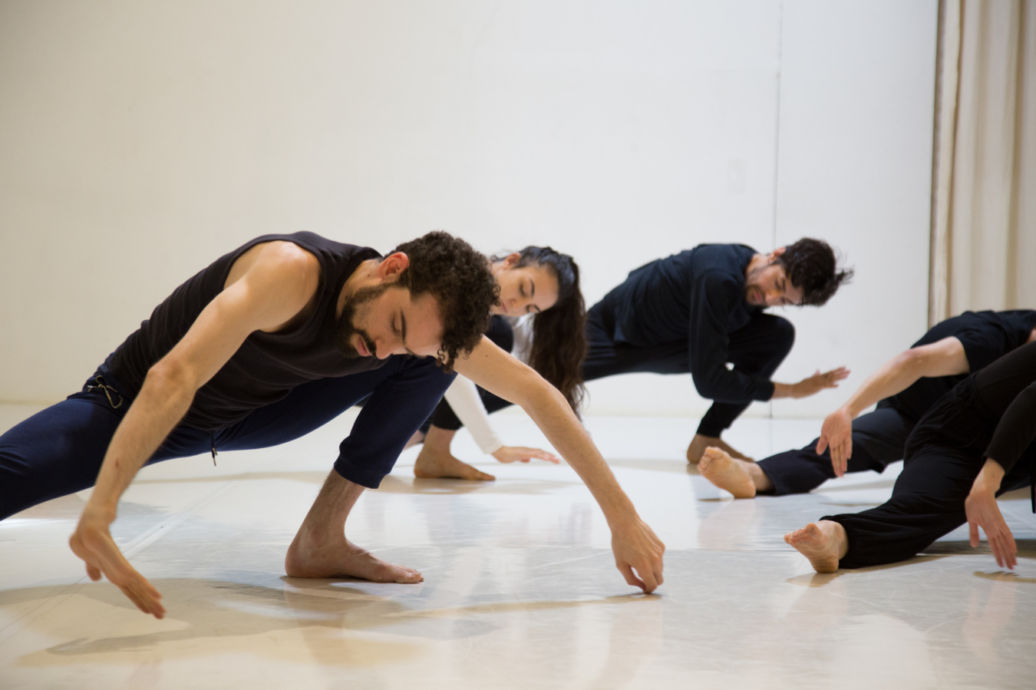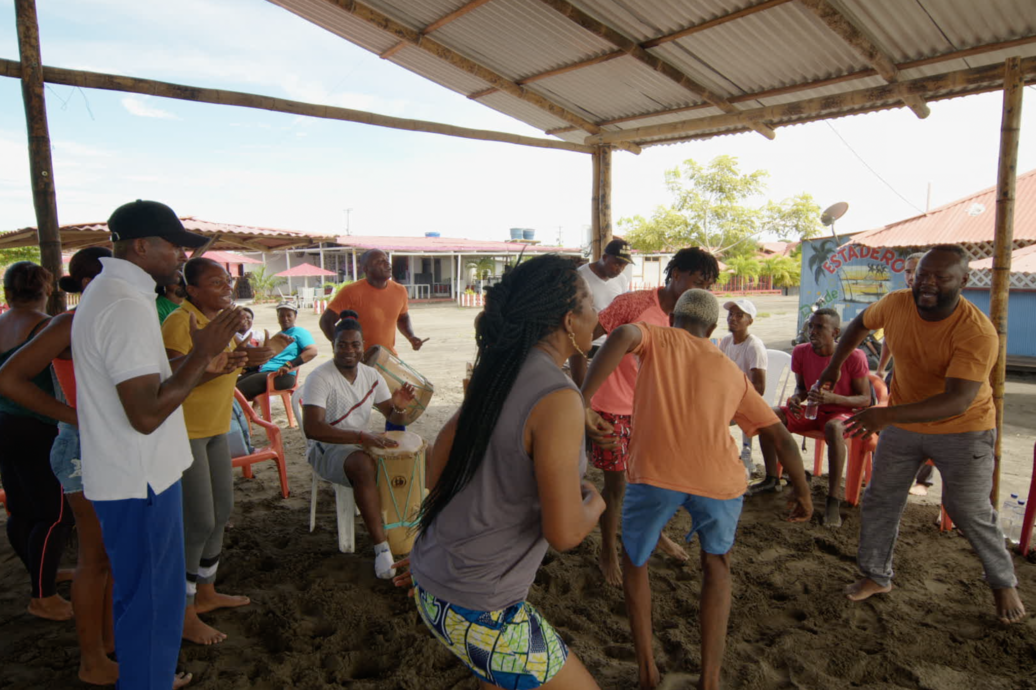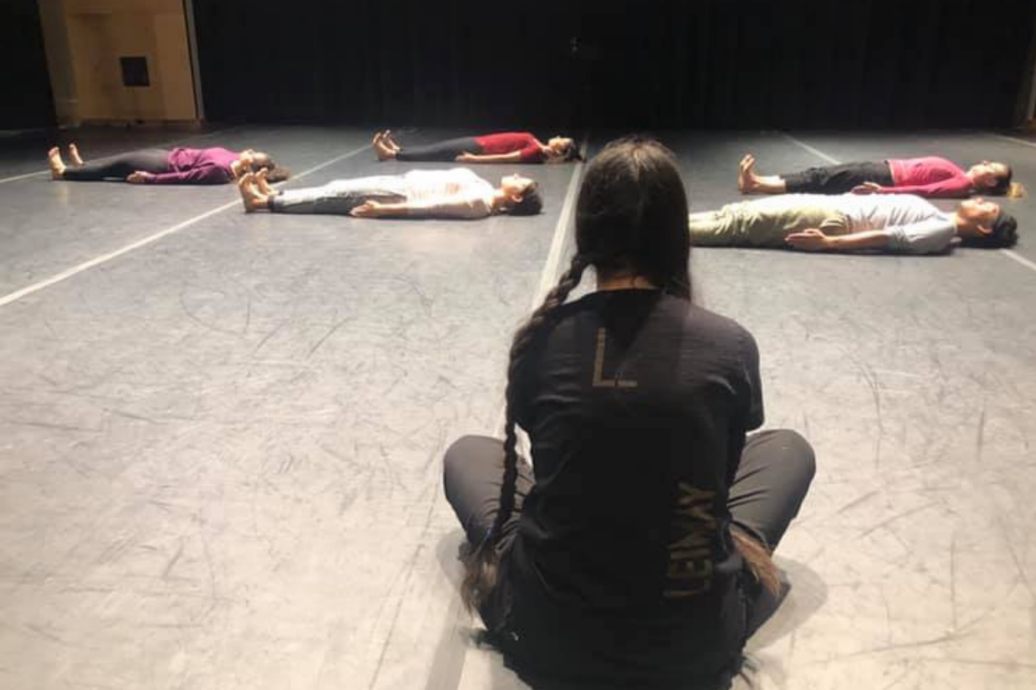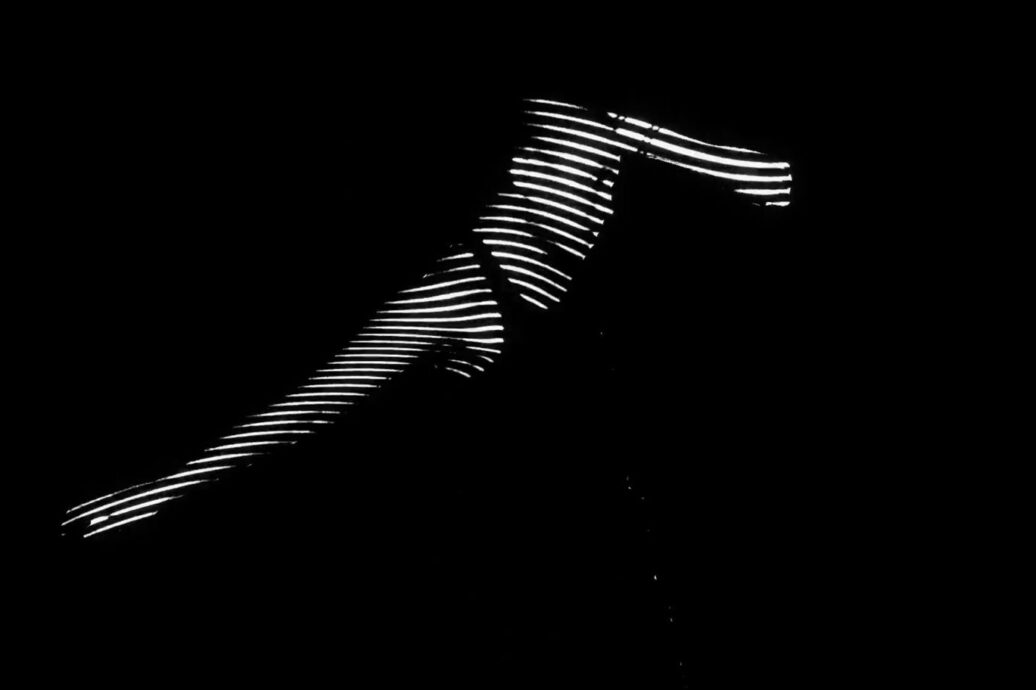LUDUS Layers
Rooted in over two decades of research by LEIMAY Artistic Co-Director Ximena Garnica and continuously expanded by core LEIMAY Ensemble members, LUDUS is a physical and sensorial training method that conditions the body, sharpens perception, and redefines the relationship between body, space, and time. It fosters attunement, transformation, and relational embodiment, cultivating a permeable body—one that is responsive to energetic connections, spatial dynamics, and states of becoming.
Drawing from Butoh, Noguchi Taiso, experimental theater, and visual arts, LUDUS physical training and body-based research challenges Eurocentric performance training models, fostering heightened imagination, physical awareness, and deep states of listening.
Each LUDUS pillar refines a unique approach to embodiment, attunement, and transformation, expanding movement research into different physical, energetic, and spatial states:
- LUDUS STRINGS – Exploring interdependence through invisible threads connecting the body to space and others.
- LUDUS BECOMING – Investigating transformation, dissolving fixed identities, and embracing continuous change.
- LUDUS PLASTILINA – Working with malleability—the body as soft clay, adaptable and fluid.
- LUDUS FIRE – Engaging with intensity, ignition, and transformative forces.
- LUDUS VOICE – Exploring breath, vibration, and sound as movement.
- LUDUS WATER – Developing a fluid, weight-responsive body through Noguchi Taiso principles.
- ROOTS & RHYTHMS – Honoring Colombian and Japanese movement traditions through Japanese Butoh, Afro-Indigenous, Caribbean, Andean, and Asian rhythms and heritage.
